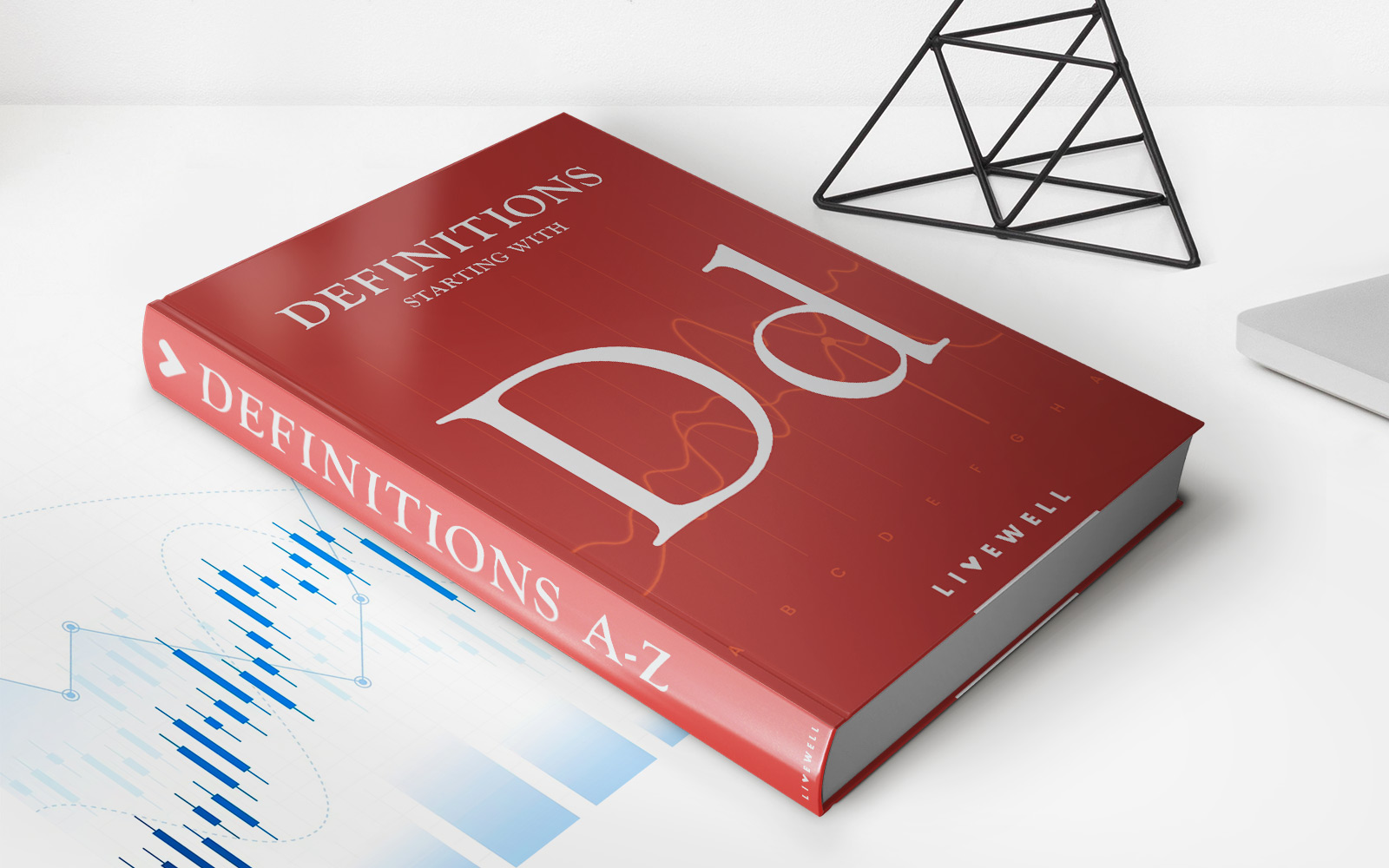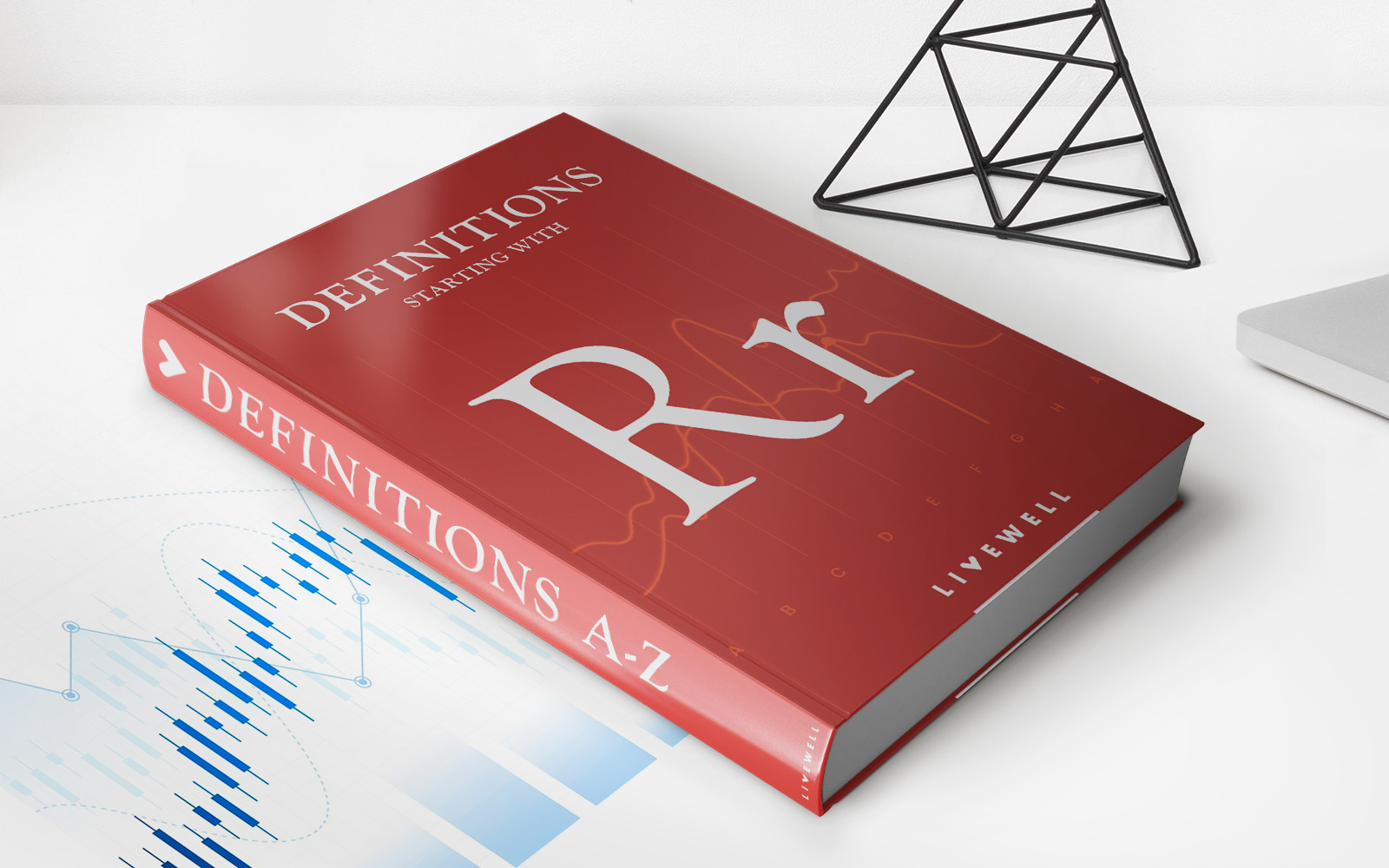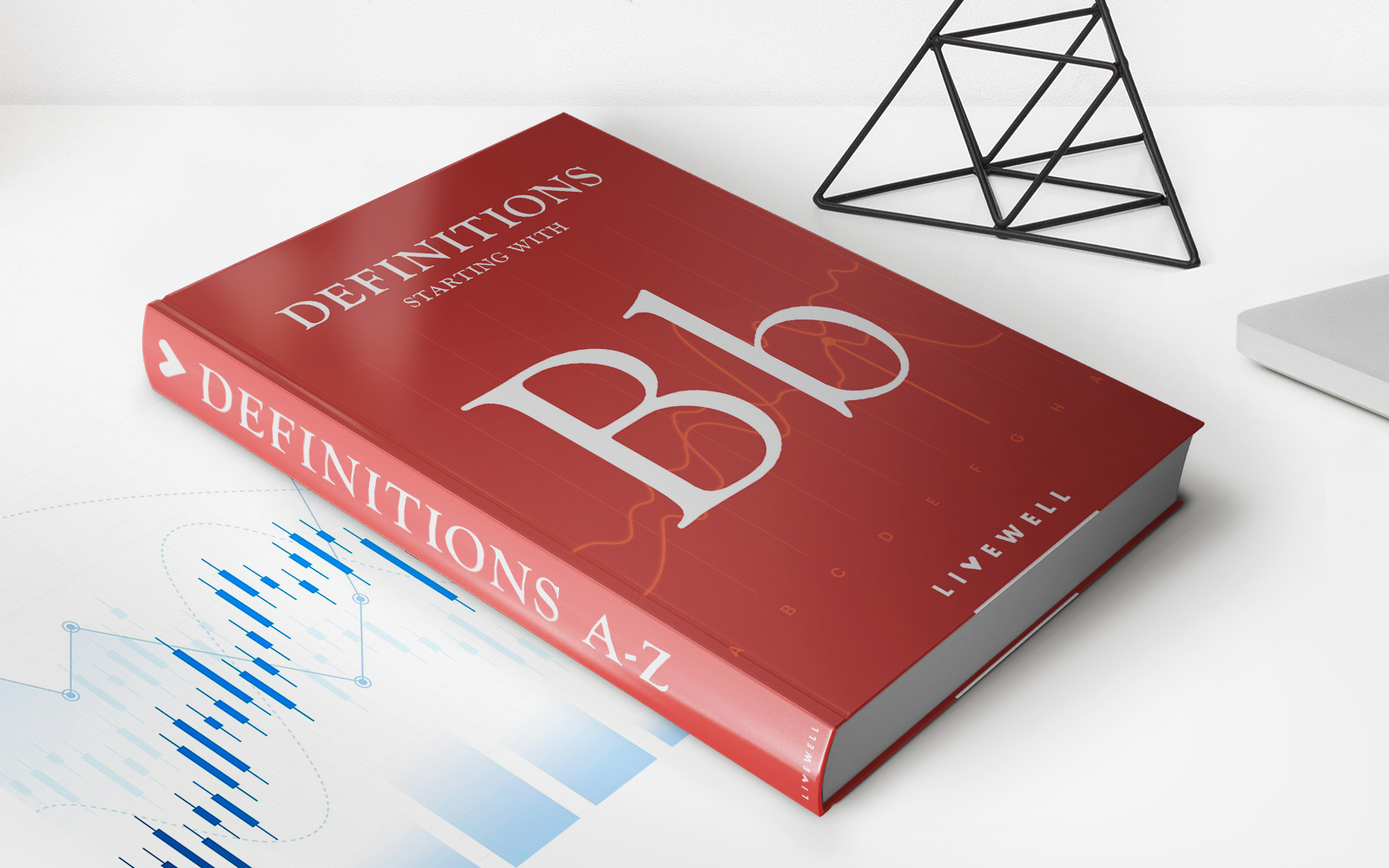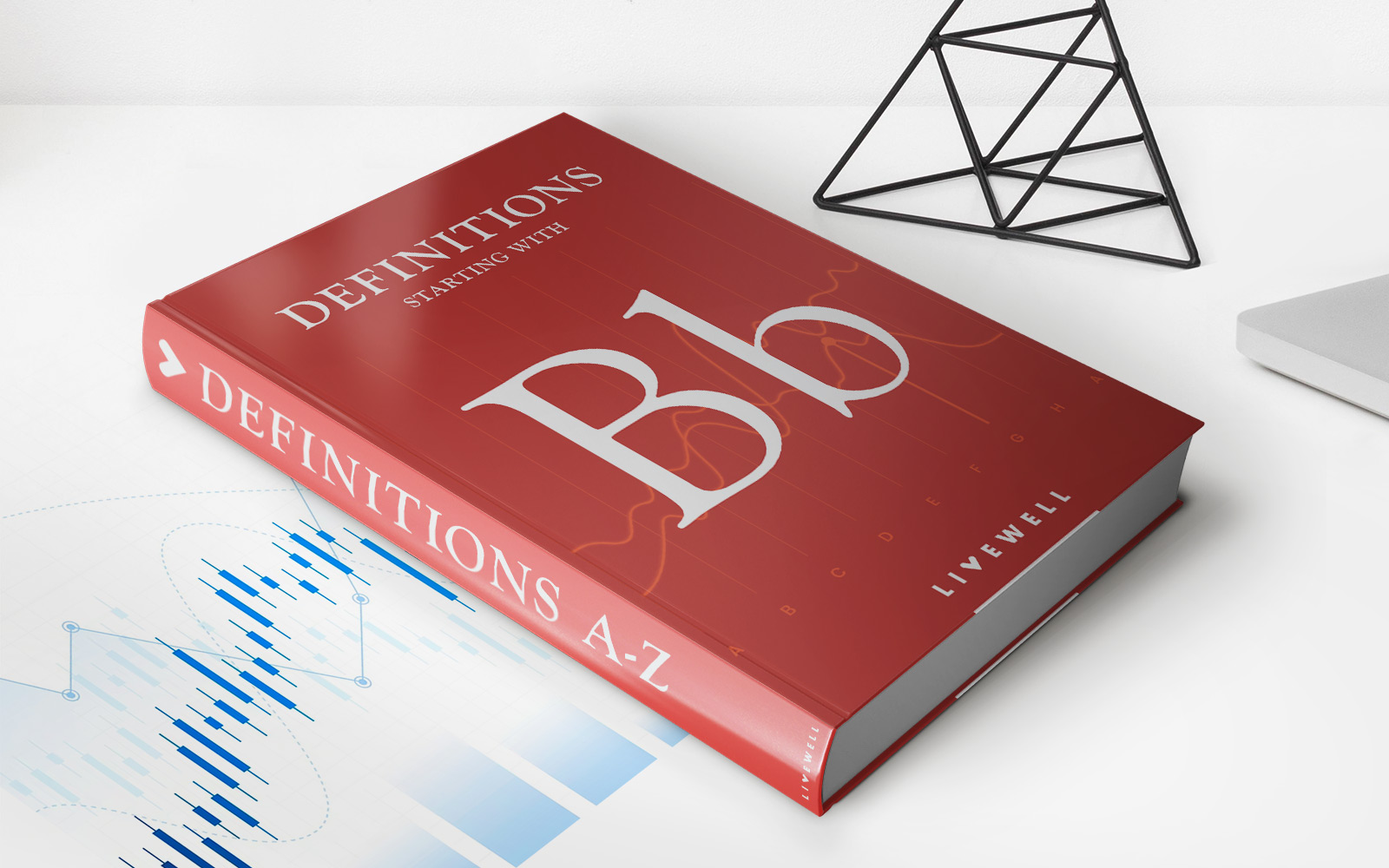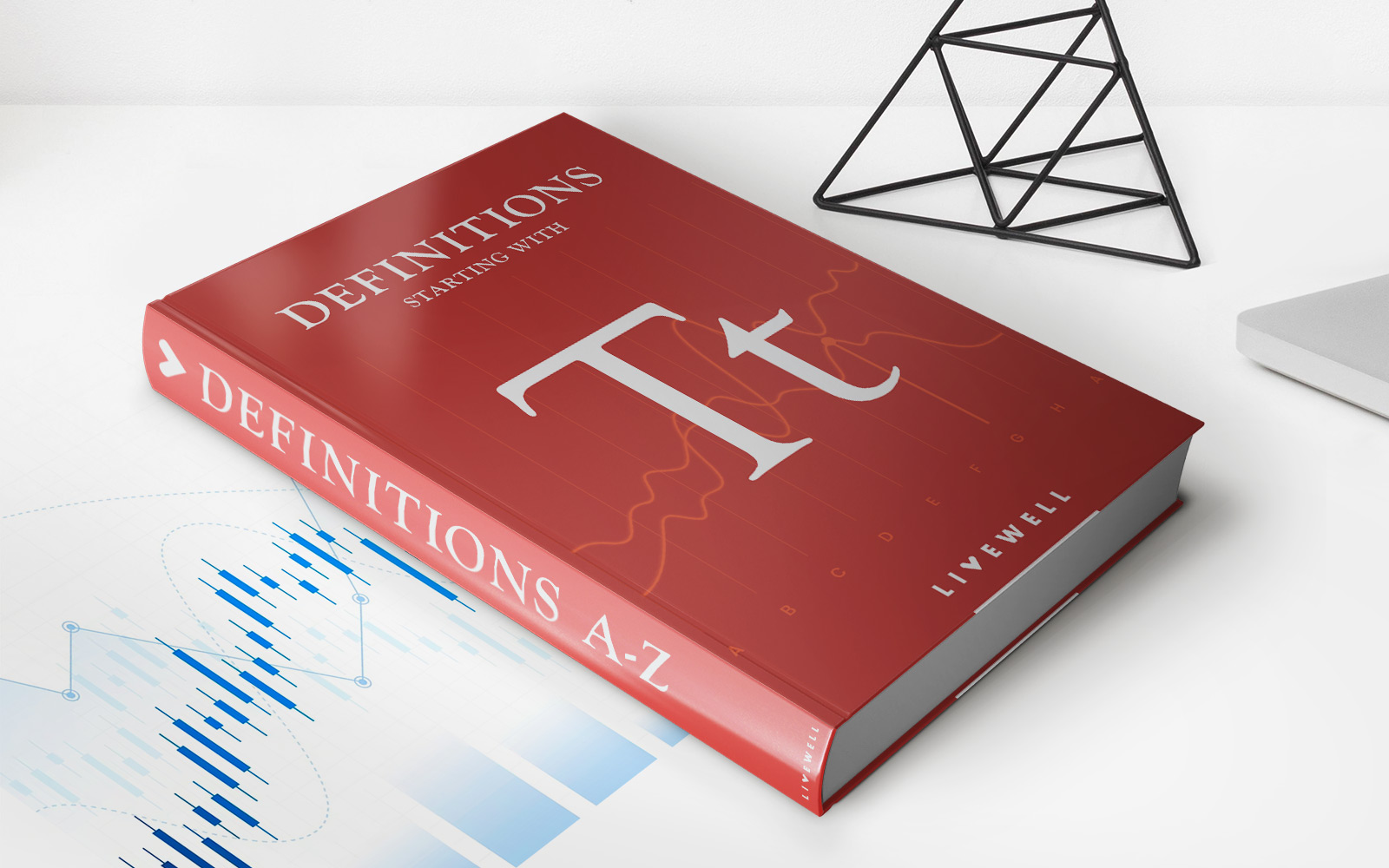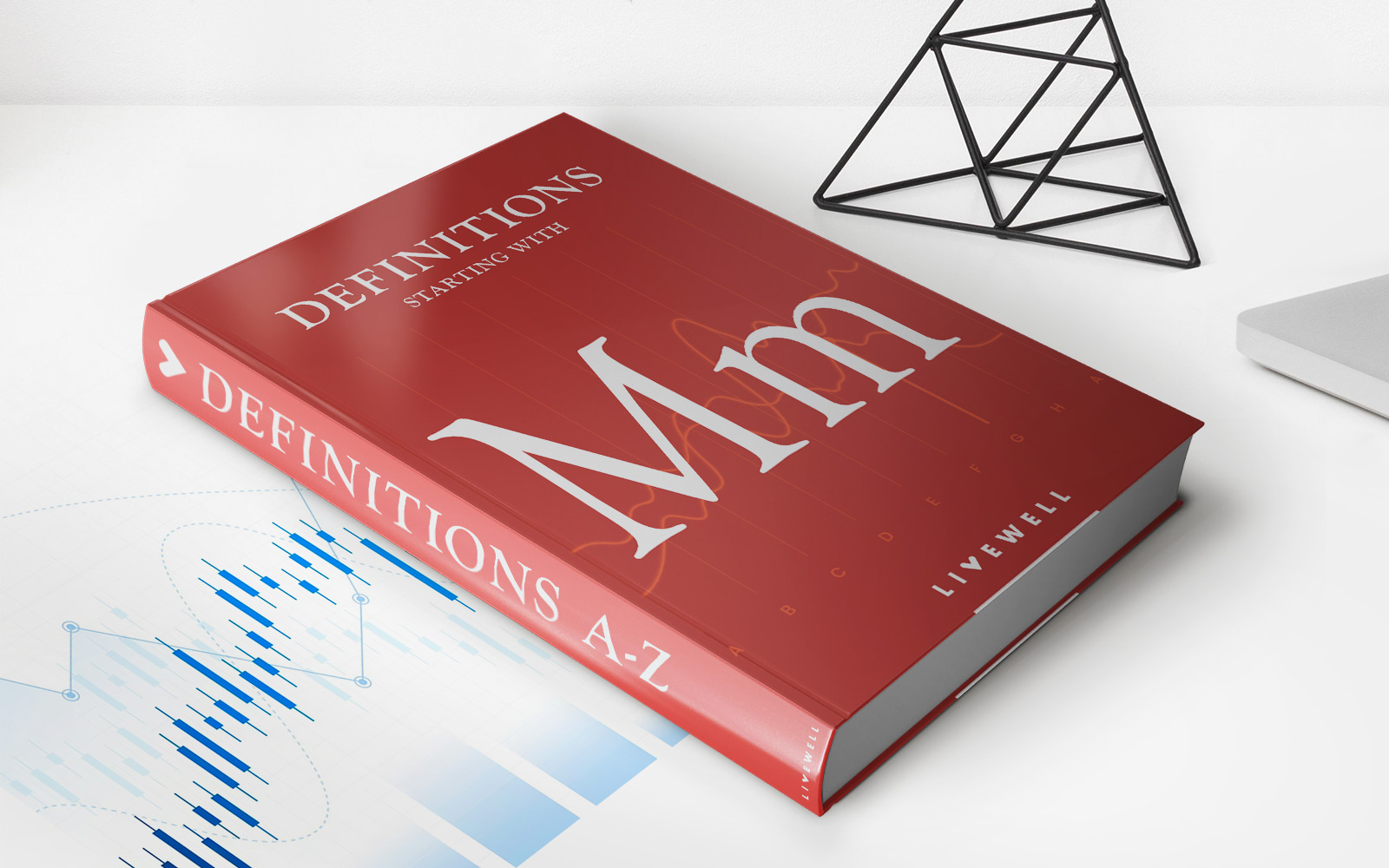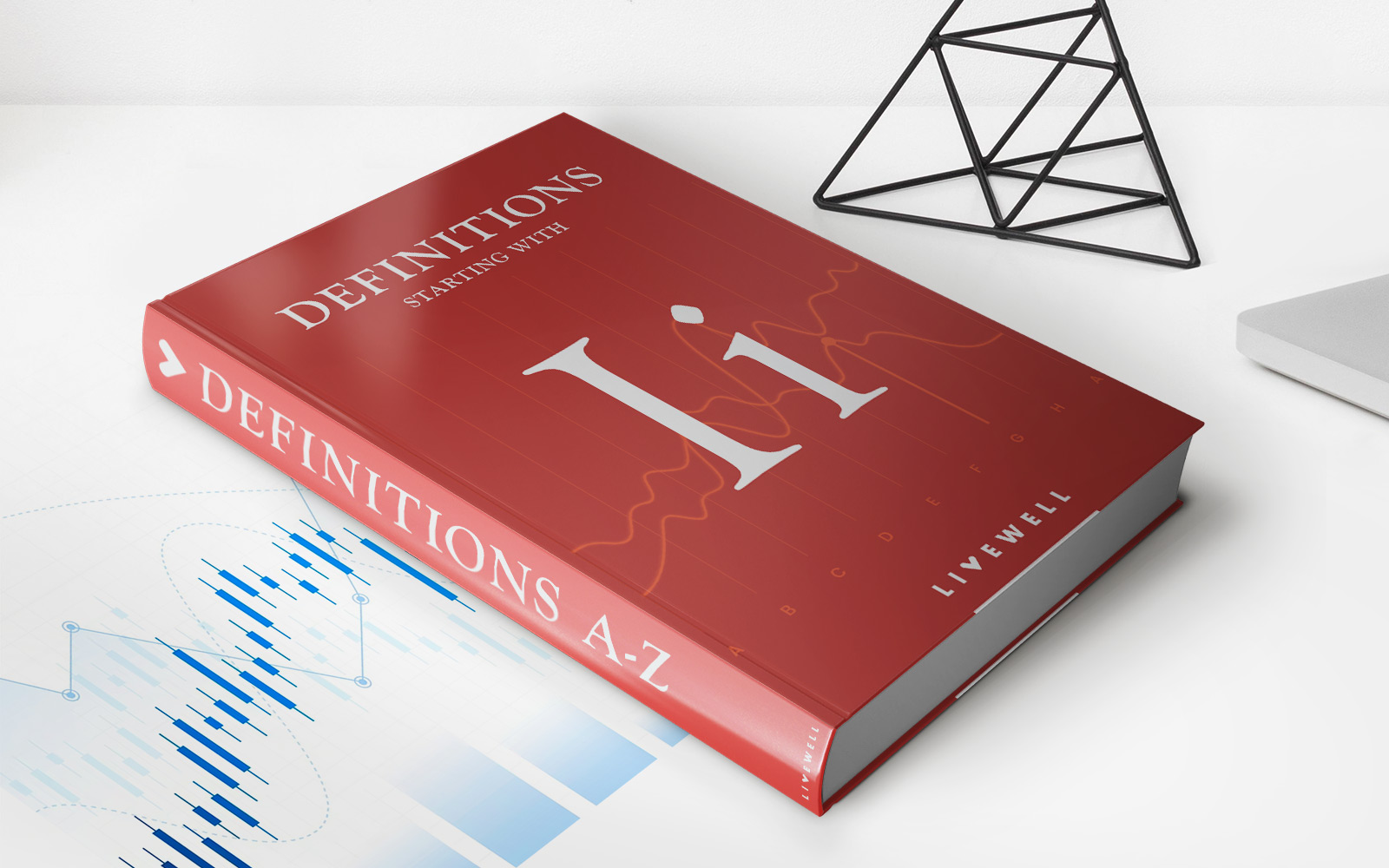Home>Finance>Zig Zag Indicator: Definition, How Pattern Is Used, And Formula
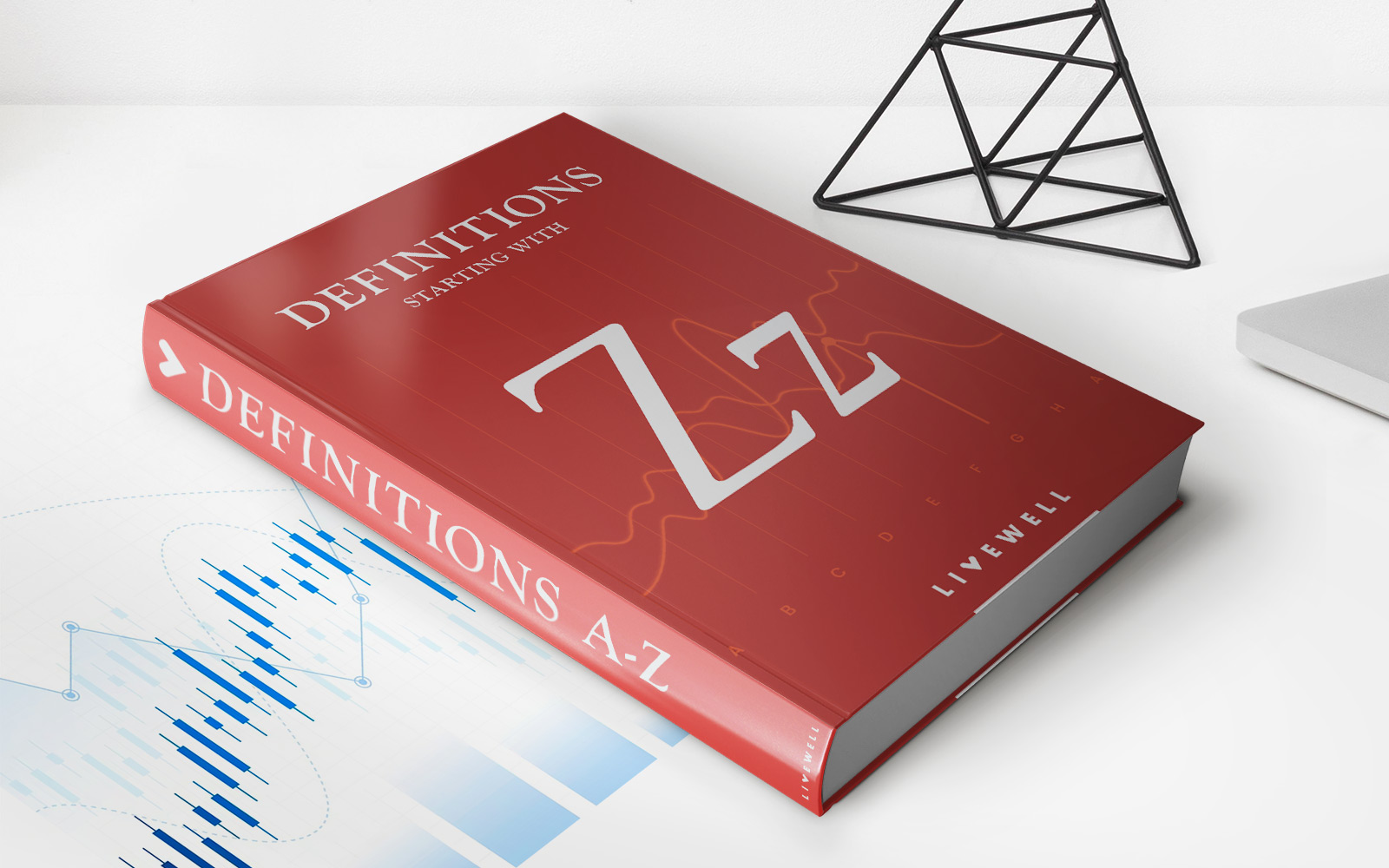

Finance
Zig Zag Indicator: Definition, How Pattern Is Used, And Formula
Published: February 20, 2024
Learn about the Zig Zag indicator in finance, its definition, how this pattern is used, and the formula behind it. Gain valuable insights into this powerful tool.
(Many of the links in this article redirect to a specific reviewed product. Your purchase of these products through affiliate links helps to generate commission for LiveWell, at no extra cost. Learn more)
Zig Zag Indicator: Definition, How Pattern Is Used, and Formula
When it comes to financial markets, analyzing price patterns is crucial for successful trading. One popular tool used by traders and analysts is the Zig Zag indicator. In this blog post, we will delve into the definition of the Zig Zag indicator, explore how this pattern is used in trading, and decode its formula. By the end of this post, you’ll have a solid understanding of this powerful tool that can help you make more informed financial decisions.
Key Takeaways:
- The Zig Zag indicator helps identify significant changes in price movement by filtering out minor fluctuations.
- Traders use the Zig Zag pattern to spot potential trend reversals or confirm the continuation of an existing trend.
Definition of the Zig Zag Indicator
In financial markets, price movements can be volatile and unpredictable. The Zig Zag indicator is a technical analysis tool that helps traders filter out short-term noise and identify significant price changes. It plots lines on a chart, connecting major highs and lows, and eliminates minor fluctuations along the way.
The primary purpose of the Zig Zag indicator is to provide a clearer picture of the overall trend in a security or market. By removing minor price swings, traders can focus on the more substantial movements that have greater significance.
How the Pattern Is Used
The Zig Zag pattern is particularly useful for spotting potential trend reversals or confirming the continuation of an existing trend. Here’s how traders utilize this pattern:
- Identifying Trend Reversals: When the Zig Zag indicator changes direction, it suggests a potential trend reversal. Traders look for a series of higher highs (bullish trend) or lower lows (bearish trend). When the pattern shifts, it signals a change in market sentiment and can be an opportunity for traders to enter or exit positions.
- Confirming Trend Continuation: In addition to identifying reversals, the Zig Zag indicator can also confirm the continuation of an existing trend. Traders analyze the pattern and look for consistent higher highs and higher lows (in an uptrend) or lower highs and lower lows (in a downtrend). This confirmation helps traders stay in the market and capitalize on a trend’s potential.
The Formula Behind the Zig Zag Indicator
The Zig Zag indicator uses a straightforward formula to filter out insignificant price movements. Here’s how it works:
- The Zig Zag indicator starts by setting a percentage threshold. For example, if the threshold is set at 5%, the indicator will ignore price movements that are less than 5%.
- As the price chart unfolds, the Zig Zag algorithm looks for significant highs and lows that exceed the threshold. It connects these points with lines, revealing the pattern.
- When the price movement exceeds the threshold in the opposite direction, a new line is drawn, capturing the change in trend.
- This process continues, creating a zig-zag pattern that filters out minor price fluctuations and focuses on major movements.
It’s important to note that the percentage threshold used in the formula may vary depending on the trader’s preference, timeframe, and the specific security being analyzed.
Conclusion
The Zig Zag indicator is a powerful tool in technical analysis that helps traders identify significant price movements by filtering out minor fluctuations. By understanding the definition, usage, and formula behind this pattern, traders can enhance their decision-making process and increase their chances of success in financial markets. Whether you’re a beginner or an experienced trader, incorporating the Zig Zag indicator into your toolkit can provide valuable insights and improve your trading strategies.
